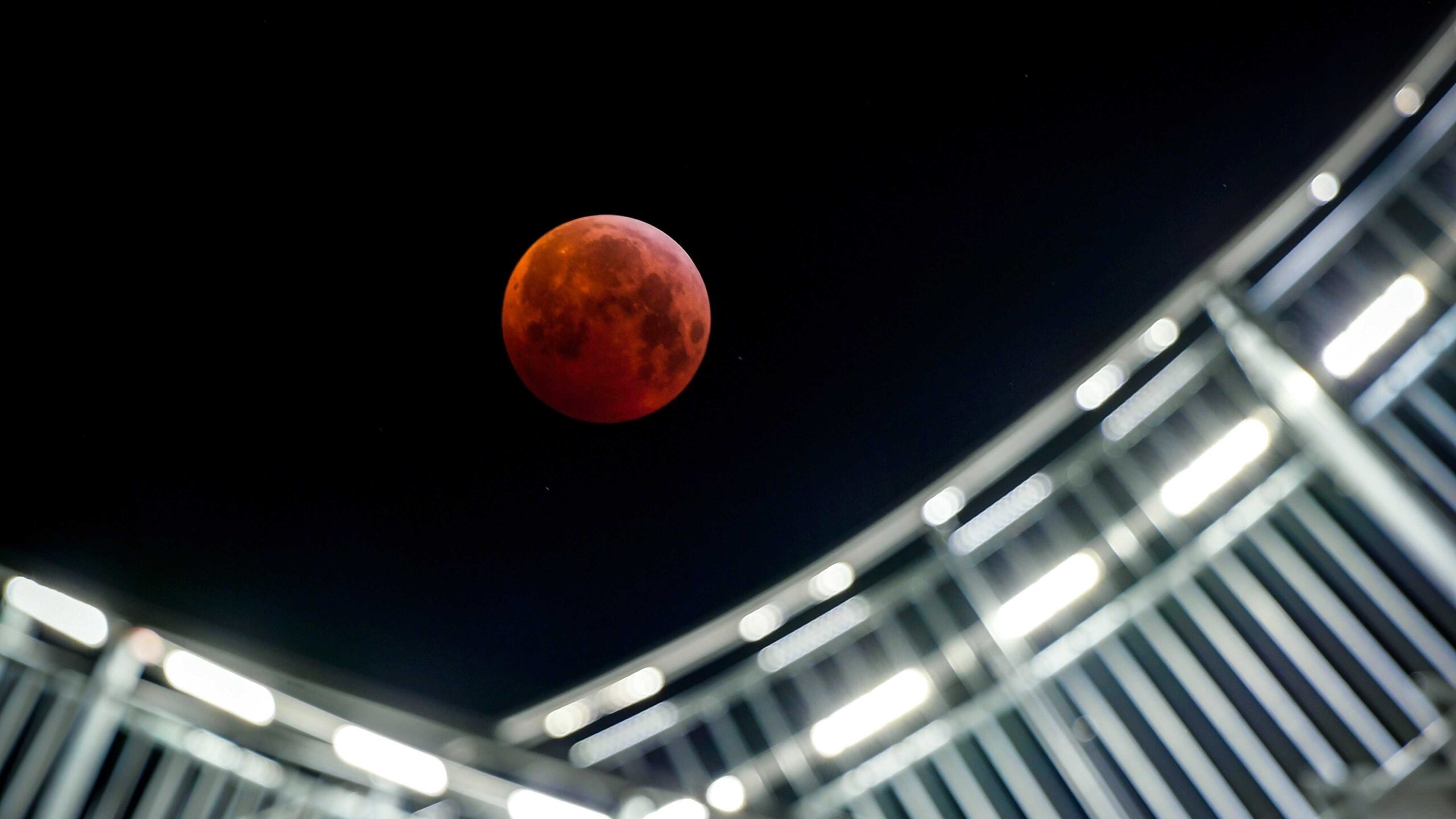The Vera C Rubin Observatory in Chile is set to launch a transformative astronomical survey at the end of the year, using the world’s largest digital camera to map the southern night sky in unprecedented detail. The decade-long project will involve contributions from Hungarian researchers and marks a major international effort to better understand the universe.
Built at 2,680 metres above sea level on the edge of Chile’s Atacama Desert, the observatory’s 8.4-metre telescope—named after Hungarian American space traveller and philanthropist Charles Simonyi—will carry out the Legacy Survey of Space and Time (LSST). This effort will capture high-resolution, colour time-lapse images of celestial phenomena, from supernovae to asteroid movements.
The telescope’s 3.2-gigapixel camera can capture 49 times the area of a full moon in a single image, making it the largest digital astronomical camera in the world. The LSST will record about 20 terabytes of data per night, dwarfing the output of even the Hubble or James Webb telescopes.
According to the Hungarian Research Network’s (HUN-REN) Astronomy and Earth Sciences Research Centre, Hungarian scientists will aid the mission with AI-driven star classification, faint object detection, and galaxy cataloguing. Their efforts will also support data processing software to handle the observatory’s estimated 500-petabyte archive by the programme’s end.
The observatory is named after Vera Rubin, a pioneering astronomer whose work confirmed the existence of dark matter. The survey is expected to significantly advance research into dark matter and dark energy, galactic evolution, and solar system bodies—including near-Earth asteroids and comets from other star systems.
Hungarian involvement spans institutions such as the ELTE Institute of Physics and Astronomy and the Gothard Astrophysical Observatory in Szombathely. These teams will explore topics from galactic archaeology to cosmology, contributing to a global collaboration of nearly 4,000 researchers and engineers.
The Rubin Observatory represents a turning point in astronomical observation, offering not only unmatched imaging capabilities but also real-time public alerts on sky changes—up to 10 million each night—just 60 seconds after image capture.
Related articles:







